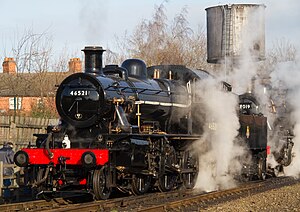I have uploaded a new e-spec for the Ivat 2-6-0 but being holiday time I don't know when it will be available.
The kuid number is kuid2:243294:101393:2 I am using it in the LMS Ivat and the BR version.
It has a build version of 3.7 so should be fine in TS12 and above
Cheers,
Bill69
The kuid number is kuid2:243294:101393:2 I am using it in the LMS Ivat and the BR version.
It has a build version of 3.7 so should be fine in TS12 and above
Cheers,
Bill69
Last edited:


